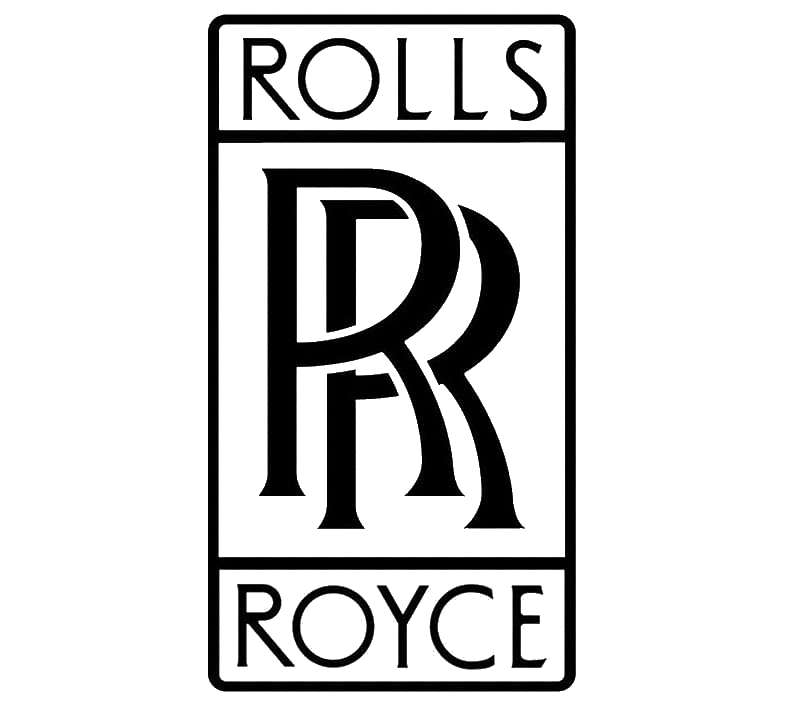General Info
McDonnell Douglas
McDonnell Douglas
KC-10 Extender
|
|||||||||||||||||||||||||||||||||
.
History McDonnell Douglas KC-10 Extender
is an American tanker and cargo aircraft

The McDonnell Douglas KC-10 Extender is an American tanker and cargo aircraft operated by the United States Air Force (USAF). A military version of the three-engine DC-10 airliner, the KC-10 was developed from the Advanced Tanker Cargo Aircraft Program. It incorporates military-specific equipment for its primary roles of aerial refueling and transport. It was developed to supplement the KC-135 Stratotanker following experiences in Southeast Asia and the Middle East. The KC-10 was the second McDonnell Douglas transport aircraft to be selected by the Air Force following the C-9. A total of 60 KC-10s were produced for the USAF. The Royal Netherlands Air Force operated two similar tankers designated KDC-10 that were converted from DC-10s.
Variants
- The KC-10 plays a key role in the mobilization of US military assets, taking part in overseas operations far from home. These aircraft performed airlift and aerial refueling during the 1986 bombing of Libya (Operation Eldorado Canyon), the 1990–91 Gulf War with Iraq (Operations Desert Shield and Desert Storm), the NATO bombing of Yugoslavia (Operation Allied Force), War in Afghanistan (Operation Enduring Freedom), and Iraq War (Operations Iraqi Freedom and New Dawn).
Design



Variants
- KC-10A: Initial military tanker version based on the DC-10-30CF.
- KDC-10: Conversion of DC-10-30CF aircraft to tanker/transport configuration. While a FMS program run through McDonnell Douglas, conversion of two aircraft was carried out by KLM. Omega Aerial Refueling Services operates KDC-10-40.
- KC-10B: After McDonnell Douglas did the KDC-10 conversion for the Royal Netherlands Air Force in 1992, they proposed a tanker/transport version of the MD-11CF which had the in-house designation KMD-11. MDC offered either conversion of second hand aircraft (KMD-11) or new build aircraft (KC-10B), the proposed KMD-11 offered 35,000 lbs more cargo capacity and 8,400 lbs more transferable fuel than the KC-10A. It was offered to the RNAF and Royal Saudi Air Force (RSAF) in the 1990s and the Royal Australian Air Force (RAAF) in the early 2000s.
0
KmCeiling
0
KmRange
0
Km/hAircraft Speed
0
Max Crew
Gallery
Photo Gallery
Photo Gallery
McDonnell Douglas KC-10 Extender
is an American tanker and cargo aircraft


Aero Vodochody
McDonnell Douglas KC-10 Extender is an American tanker and cargo aircraft
1
General Info
- Crew: 4 (Aircraft Commander, copilot, flight engineer, and boom operator)
- Capacity: 170,000 lb of cargo, 25 pallets and 16 passengers, or 17 pallets and 75 passengers
- Length: 181 ft 7 in (55.35 m)
- Wingspan: 165 ft 4.5 in (50.406 m)
- Height: 58 ft 1 in (17.70 m)
-
2
Powerplant
- Empty weight: (109,328 kg)
- Gross weight: (267,619 kg)
- Max takeoff weight: (267,619 kg)
- Fuel capacity:(165,561 kg)
- Powerplant: 3 × General Electric F103 (GE CF6-50C2) turbofan engines, 52,500 lbf (234 kN) thrust each
-
3
Performance
- Maximum speed: (866 km/h
- Maximum speed: Mach 0.89
- Range: 4,400 mi (7,100 km, 3,800 nmi) with a maximum passenger capacity; 3,800 nmi (7,038 km; 4,373 mi) with maximum cargo capacity.
- Ferry range: (18,500 km,
- Service ceiling: (13,000 m)
.
Special Links McDonnell Douglas KC-10 Extender is an American tanker and cargo aircraft
Links to Youtube & Others
The KC-10 Extender first flew in July 1980. In October 1980 the first aerial refuel sortie was performed. The design for the KC-10 involved modifications from the DC-10-30CF design. Unnecessary airline features were replaced by an improved cargo-handling system and military avionics. The KC-10 retained an 88% commonality with its commercial counterparts, giving it greater access to the worldwide commercial support system.
McDonnell Douglas
KC-10 Extender
Unlike the KC-135, the KC-10's hose-and-drogue system allows refueling of Navy, Marine Corps.
Youtube Link
A need for new transport aircraft for the Royal Netherlands Air Force (Koninklijke Luchtmacht) was first identified in 1984.















